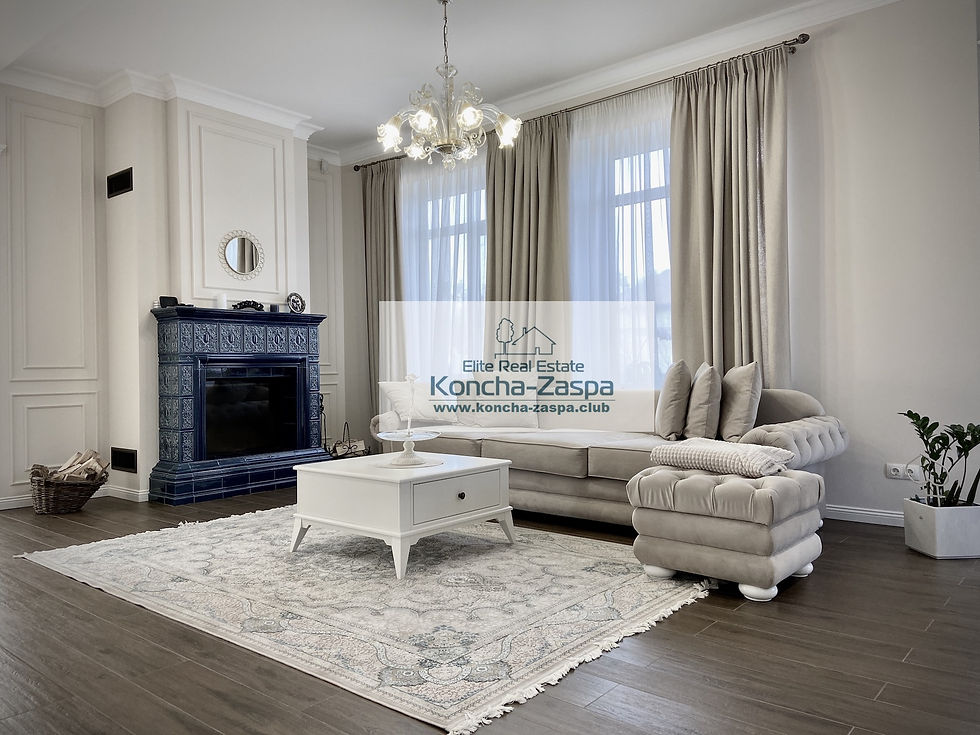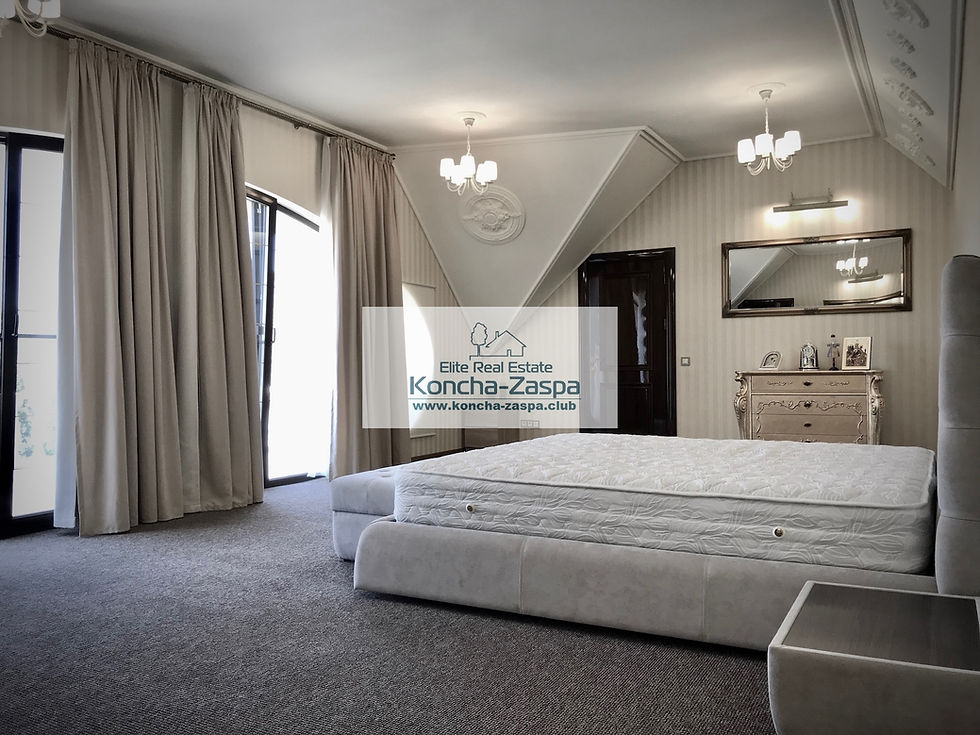Choosing textiles for the interior
- www.konch-zaspa.club

- Mar 15, 2023
- 4 min read
Textiles are an important part of any interior. Without the right choice of fabrics, the decoration of the house will be incomplete and empty. Correctly chosen curtains, cushions, tulle, bed linen, etc. will give the interior beauty, organicity and coziness. When choosing curtains you should consider the proportions of the room, the desired level of light protection, interior style and much more.
Decorative functions of curtains help to adjust the interior to your taste preferences and create the necessary accents. The texture and pattern of the curtains should favorably combine with other details in the room: cushions, upholstery, carpets and so on. Also do not forget about the functionality, because it is the curtains that are responsible for the absorption of sunlight, so the design of the curtains should assume total eclipse.
Color scheme
Interesting textiles are a good way to create the right atmosphere in the room. You can use plaids, pillows, bedspreads and rugs as accents, but the curtains are better used as a background element. You should choose fabrics so that their print and shade do not contradict the patterns on the wallpaper and other finishing materials. Curtains matching the basic color palette help to create an atmosphere of comfort and security.
In choosing fabrics we advise to give preference to natural fibers. In practice it is characterized by less susceptibility to burnout, more wear resistance and pleasant to the touch texture. And of course a great addition is that natural fabrics look expensive and stylish and perfectly complement any interior. When purchasing curtains you should pay attention to their composition: they should contain not less than 60% natural threads. For rooms that are located on the sunny side of the house, choose fabrics of cool colors, for bedrooms and children it is better to buy dense curtains that do not let the light pass through. If the room is not on the sunny side — you can safely take light fabrics of light colors.
In addition to the composition, when purchasing fabrics you should also pay attention to its practicality in use, the level of wear resistance and the peculiarities of further care. Natural fabrics are subject to shrinkage, so be sure to provide an additional margin to the height of the material. Cushions, plaids, furniture upholstery — all this can be spoiled after the first wash. Therefore, it is always worth studying the rules of care of the fabric, indicated on the package or label. After all, some material can be washed, and for some you can only use special products.
Almost all fabrics have a tendency to burn out, so the lining is a must. Synthetic products are less capricious in care than natural ones, but their appearance is less presentable.
Choosing fabric for curtains, keep in mind the calculation of consumption. It depends on the width of the chosen fabric, the direction of the pattern on the cloth, the format of draperies. For a simple drapery on a curtain ribbon, the assembly factor for drapery fabric will be 1.7 window width, for veil and organza — at least 2. There should be a lot of fabric on straight curtains (not less than 2.5 lengths of the curtain rod). The distance from the floor to the bottom edge of the curtains should not be more than 2-3 cm. Now it is fashionable to choose curtains longer than the wall by 10-15 cm. In this case the fabric must be soft and "malleable". The typical rips, especially on the heavy fabrics look elegant and a little bit careless at the same time. If the curtains are flat and hold their shape, then they should definitely be up to the floor.
As mentioned above, textiles should be an important and harmonious addition to your interior. If you prefer a light and airy style, then we advise you to use discreet, "malleable" textiles. You can pick up a fabric with deep underpinnings to create the effect of flowing fabric. In the classical style, the curtains should emphasize the luxury and solemnity of the interior. Here is a good match for a heavy fabric with fringe trim, sewing, braid, and with tassels and decorative catches. For modern styles a strict and straight form of curtains is suitable, the main requirement is that the fabric lies well in the folds.
In the living room the most frequently used textile is the one which has a connotation of luxury and from which the guests will get a good first impression. In the bedroom preferably heavy curtains to create an atmosphere of rest and relaxation. In the kitchen it is better to choose practical and hard-wearing curtains, and the most popular version is roller blinds. In the children's room it will be appropriate to use bright textiles with unusual prints.
An interesting design solution, when the same print is repeated on different elements, in a larger or smaller scale. For example, a geometric pattern on the carpet, a smaller one on the cushions, a little more on the curtains. At the same time, the color scheme can be slightly different, which will create an interesting contrast in the room.
Since the textile occupies a large part of the room, it will certainly affect the atmosphere and comfort of the owners. Therefore, it is very important to choose it according to your tastes and preferences.












Comments